Choosing the right workwear for construction work is not just a matter of personal comfort and style, but more importantly, a critical judgment call in ensuring your safety and protection on the job. Construction sites are rigorous, with an array of potential hazards that can lead to serious injuries if not adequately addressed. This underscores the importance of clothing that's particularly structured to safeguard you against these dangers. In choosing such workwear, several factors need to be well-considered, from the nature of risks at your specific worksite, regulatory requirements, comfort and fit, to breathability factors, and more. This article is designed to walk you through these considerations, with the end-goal of helping you choose a construction attire that ensures safety as seamlessly as it does job efficiency. Let's start by understanding the nature and magnitude of the risks involved in construction work.
Understanding the Risks Involved in Construction Work
Understanding the risks involved in doing construction work is pivotal not only for those who work in the field, but also for their families. Doing construction is truly laborious work, and dealing with the physical strain is just one side of the coin. There is another side to it - one that involves various risks including job-related injuries and fatalities.
Fatality and Injury Statistics
In 2023, shocking statistics shook the construction sector. A staggering number of 1075 fatalities were reported, accounting for approximately 20% of all worker deaths registered in the U.S. This was a significant jump from 29, just the year before. Simultaneously, residential building construction reported 10,000 injuries. The numbers do not lie; they undeniably portray the hazardous environment construction workers have to navigate daily.
OSHA Compliance and Citations
There are safety measures, regulations, and guidelines put in place to ensure worker safety in the construction industry. However, adherence to these policies does not always seem to be the case. According to the Occupational Safety and Health Administration (OSHA), between October 2022 and September 2023, there were 28,778 citations issued. These citations generally point out violations of safety and health standards that, if not addressed, could lead to more accidents and fatalities in the sector.
Specific Risks: Falls, Noise Exposure, Eye Injuries
Working in construction involves facing diverse specific risks, each unique to its job role. OSHA data, for example, reveals that an alarming 16% of construction workers exposed to noise reported experiencing hearing loss in both ears.
Moreover, eye injuries were not left out of the statistics, with 2,470 instances reported among construction workers in 2021. These injuries result mainly from exposure to harmful substances or environments, and the use of tools and machinery without appropriate protective equipment.
Undeniably, the nature of construction work is labor-intensive and fraught with risks. However, by adhering strictly to safety guidelines, using the proper protective gear and promoting a culture of safety at the workplace, the risks can be considerably mitigated.
Importance of Proper Construction Workwear
When it comes to the construction industry, safety is paramount. It's not just about hard hats and high-visibility jackets. Construction workwear encompasses a broad range of gear designed to protect workers from the various hazards they face daily. From protecting against falls to auditory safety and eye protection, proper construction attire serves as the first line of defense in this high-risk environment.
Protection against Falls
Falls are a common cause of injury in the construction industry. They can result from unstable working surfaces, misstep, or a lack of fall protection. Therefore, proper safety workwear is essential.
Construction workers often adopt safety gear like harnesses, safety nets, and guardrail systems. These preventive measures decrease the chances of a severe injury in case of a fall. In essence, the right construction workwear can mean the difference between a minor mishap and a major tragedy.
Auditory Protective Gear
Construction sites are usually noisy. The constant hum of machinery and the clatter of metal against concrete can take a toll on workers' hearing over time. This is why auditory protection should never be overlooked.
Employers should insist on protective equipment such as earmuffs and custom-fit earplugs. Besides reducing the risk of hearing loss, these auditory protectives also improve productivity by enabling workers to focus on their tasks in a less distracting environment.
Eye Safety Gear
In construction sites, dust, debris, sparks, and other hazardous materials fill the air, posing a significant risk to the workers' vision. To mitigate this risk, every worker should be equipped with protective eyewear.
Safety goggles are a commonly used eye protection device in construction sites. They not only protect the eyes from airborne particles but also provide a certain degree of impact resistance, protecting the eyes from flying debris.
As those in the industry are already aware, safety measures in construction are transforming with time. More attention is being given to areas that were overlooked earlier. You can see this clearly with the increasing emphasis on Improving Safety in Construction, where even the aspect of rain gear has been fine-tuned for better safety.
In the final analysis, it's crucial to remember that proper construction workwear isn't an option—it's a necessity. The right gear can dramatically reduce the risk of injury and even death, making it an essential investment in the wellbeing of construction workforce.
Factors to Consider when Choosing Construction Workwear
In our modern world where safety and comfort are paramount, choosing the right construction workwear has never been more important. It's not just about having durable, heavy-duty clothing that can keep up with the rigors of physical labor— it's also about ensuring that workers are comfortable and secure in their gear. From the fit and comfort of the clothes workers wear, right down to the material's breathability, various factors can significantly impact not just their productivity but their well-being and safety as well.
Comfort and Fit
Comfort and fit are standout factors that need to be considered when selecting your construction workwear. If the garments are too small, they can potentially constrict movement. On the other hand, oversized gear might get caught in machinery or trip workers up— leading to unnecessary and avoidable accidents.
To ensure that the wearers are as safe and comfortable as possible, pick workwear that's neither too loose nor too tight. It's best to try on a few different sizes, styles, and brands before making a decision. Different manufacturers can have their unique fits and comfortiness which they deem best. Crucially, the ultimate choice should be a balance between durability, flexibility, and safety. These elements underscore why comfortable work gear matters for construction workers. There are no unnecessary concessions when it comes to comfort and safety, and justifiably so.
Breathability
Another factor worth considering for your construction workwear is the breathability of the materials used. In hot weather work environments, breathable fabrics can make a massive difference in comfort and productivity levels.
Typically, fabrics like cotton and linen are recommended for their breathability — allowing air to circulate freely and sweat to evaporate, thereby cooling the body. Synthetic fabrics like polyester, on the other hand, may not be as breathable but may offer other advantages such as durability and water resistance.
Choosing the right fabric ultimately depends on balancing the specific needs and requirements of the job with the comfort and safety of the wearer. Breathability should be a top consideration, especially for those working in hot environments.
In essence, when it comes to selecting construction workwear, never underestimate the importance of comfort and fit and the breathability of the fabric. Make informed decisions, and remember, workers' safety and comfort should always be at the forefront of consideration.
Conclusion
Choosing the right construction workwear is a matter of extreme importance. Not only does it contribute to your safety on the job, but it can also increase your productivity and comfort. Whether you are dealing with risks of physical injury, or exposure to harmful decibels of noise and potential eye hazards, the right gear can serve as your first line of defense.
Remember, the construction site is a battlefield - and you wouldn't go into battle unprepared. Make smart choices when it comes to your workwear. Look for gear made with high-quality materials, designed with care and the right amount of protection where it's needed most.
Speaking of which, Rain Gear Pro is a stellar example. The company's chainsaw safety pants are particularly noteworthy. Engineered for longevity, these saw pants are the ultimate line of defense against the notorious crotch blowout, guaranteeing unprecedented protection along with optimal comfort. The decision ultimately lies with you, but one thing's for certain - with the right workwear, you can perform your job efficiently and safely. Explore superior options like Rain Gear Pro today and let workwear elevate your safety and performance on the construction site.
Choosing wisely may be the difference between a regular workday and a disastrous one. Safety is never an area to cut corners, so invest in well-made, protective construction workwear that gives you peace of mind while you tackle even the toughest jobs.
Frequently Asked Questions
-
What factors should I consider when choosing construction workwear?
When choosing construction workwear, consider factors such as safety requirements, weather conditions, job type, durability, comfort, and compliance with industry regulations.
-
What are some essential construction workwear items?
Some essential construction workwear items include safety helmets, high-visibility vests or jackets, safety glasses or goggles, steel-toe boots, gloves, and protective clothing like coveralls or work pants.
-
Is it important to choose the right size of workwear?
Yes, it is crucial to choose the right size of workwear. Ill-fitting workwear can restrict movement, cause discomfort, and potentially compromise safety. Always refer to size charts and try on workwear before purchasing.
-
Should I prioritize comfort or durability when choosing workwear?
Ideally, you should aim for a balance between comfort and durability when choosing workwear. Look for materials that offer both breathability and toughness, ensuring that you can perform your job effectively without compromising safety or comfort.
-
Can I personalize my construction workwear with my company logo?
Yes, many workwear suppliers offer customization options, allowing you to add your company logo or other branding elements to your construction workwear. Customization can enhance professionalism and brand recognition.



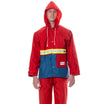
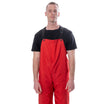
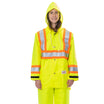
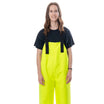
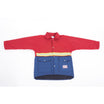
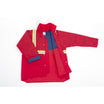

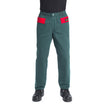
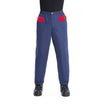
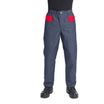
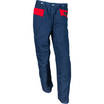
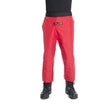
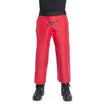
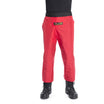
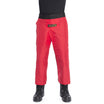
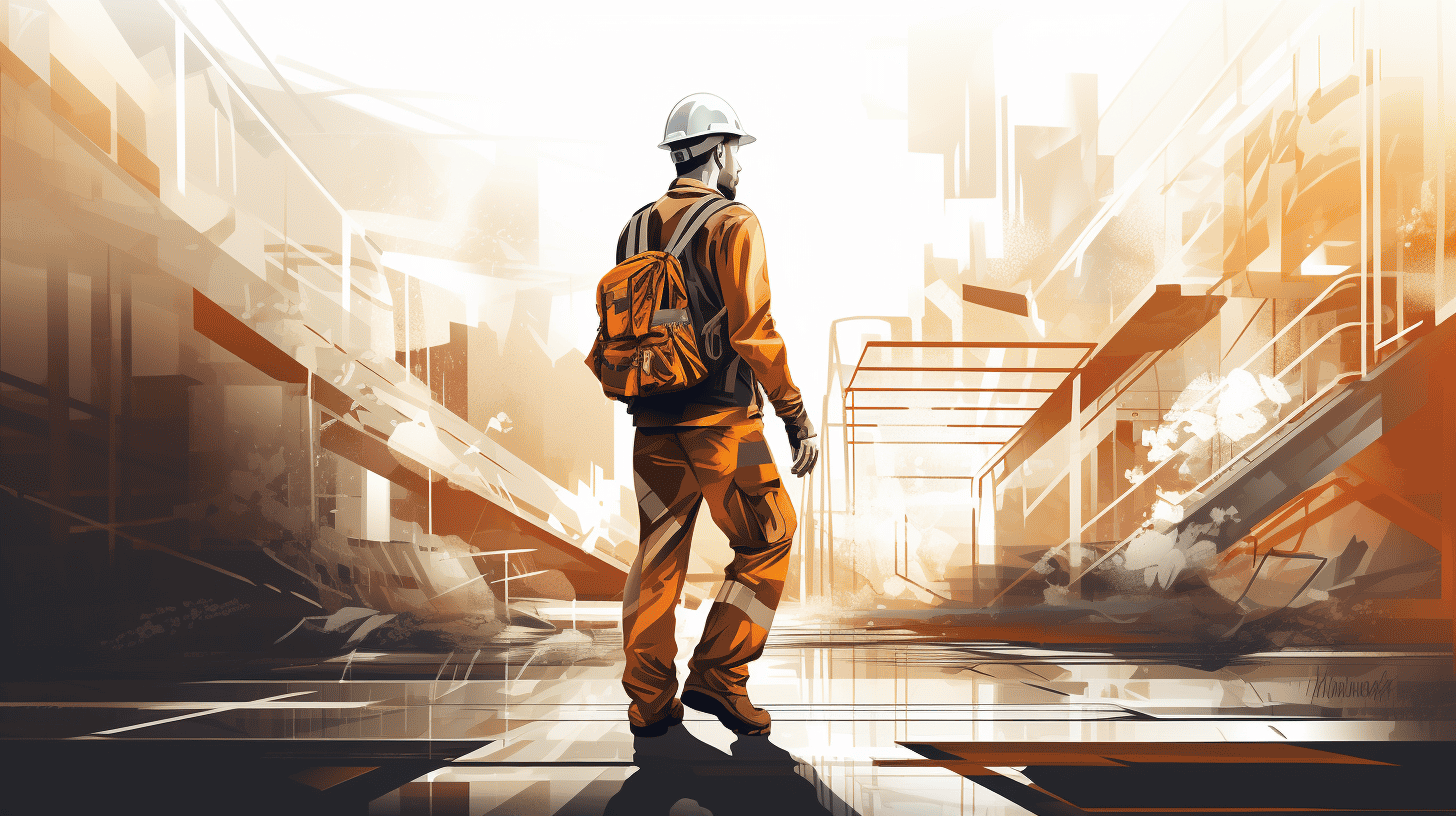
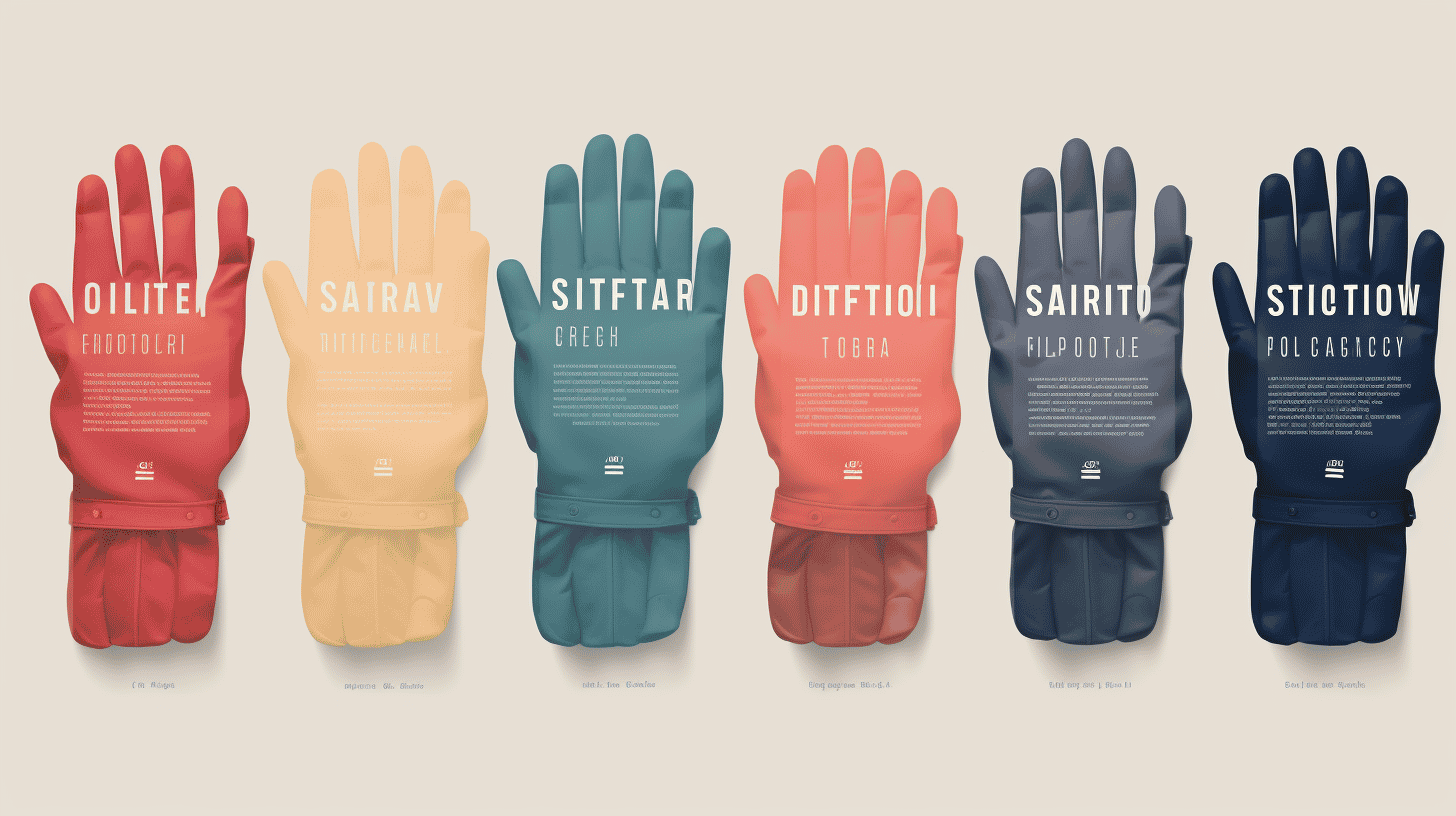
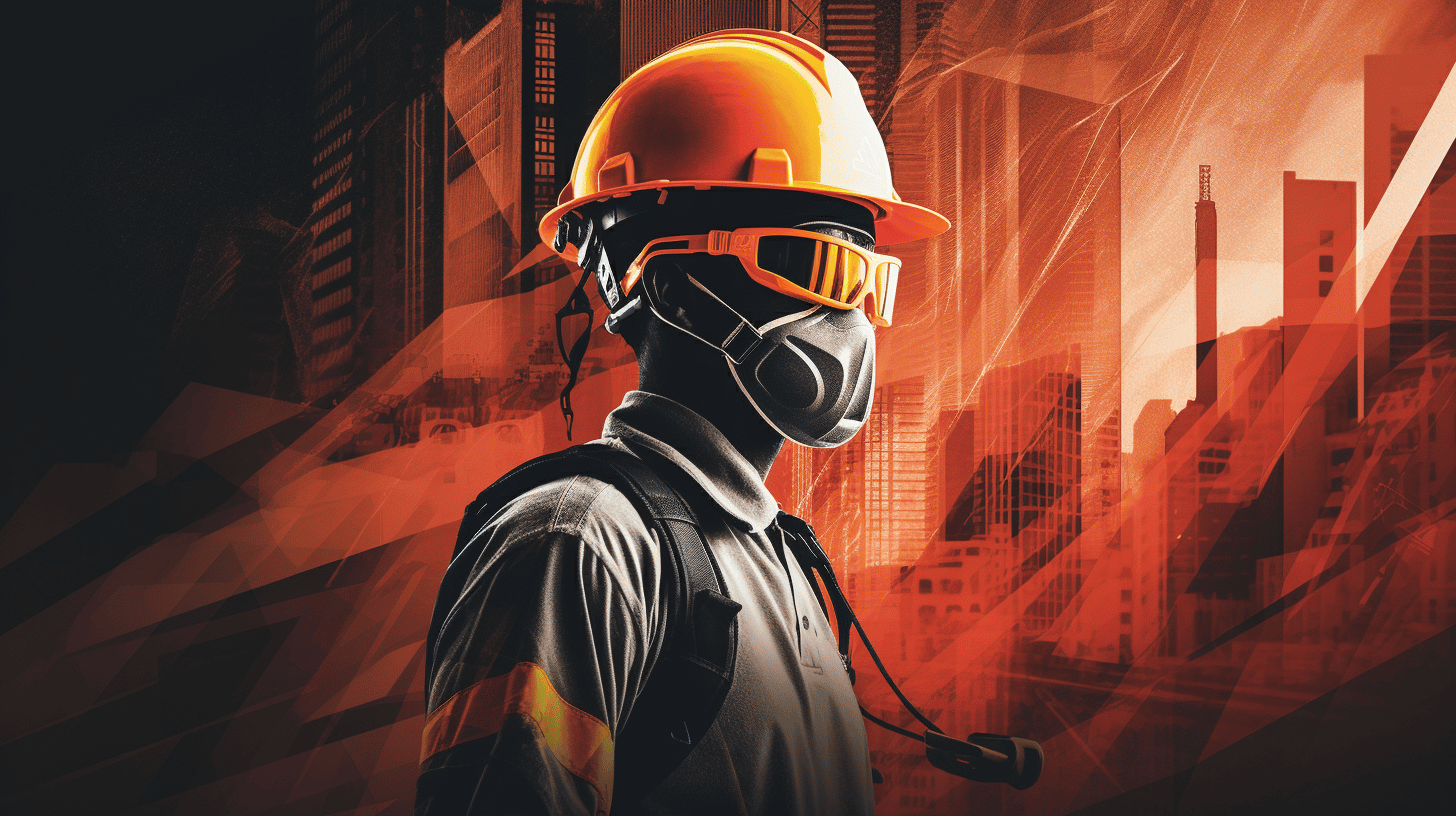
Leave a comment
This site is protected by hCaptcha and the hCaptcha Privacy Policy and Terms of Service apply.